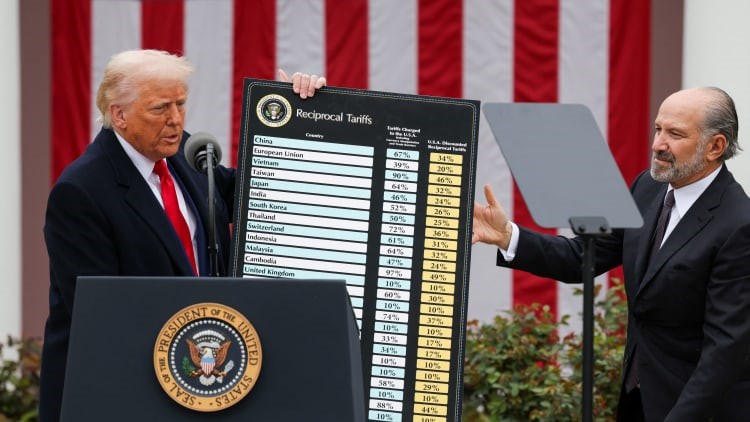Introduction: The Evolution of Tariffs Between Canada and the United States
One of the most closely positioned trading partners in the world is the United States and Canada, with trading relations refined over decades through agreements such as NAFTA and subsequently USMCA. Despite this, the partnership experienced immense strain during the Trump presidency with the imposition of tariffs on imports from Canada. These tariffs created disorder not only in trade relations but also heightened the already existing political and economic tensions in the North American region.
What Were the Trump Tariffs on Canada?
The Trump administration levied 25% tariffs on imported steel and 10% on aluminum from key allies, including Canada, in 2018, invoking Section 232 of the Trade Expansion Act of 1962. What was the reasoning? Claimed it to be a national security concern.
Even with the Canadian government being one of the United States’ staunchest allies, the administration imposed tariffs on imported metals from Canada because they posed a threat to American industry and defense capabilities.
Canada’s Response to Tariffs
In response, Canada imposed tariffs on certain US imports, which increased the total value to $16.6 billion. The primary focus consisted of:
- American aluminum and steel products
- Consumer products, namely ketchup, coffee, and whisky
- Farm produce, in addition to domestic electrical equipment
This reciprocal trade retaliation is arguably one of the most astonishing economic clashes between the two states in recent decades.
Effects on Consumers and Businesses
- Increased Cost for Producers
Canadian metal parts suppliers servicing American companies faced increased costs. This was particularly troubling for sub-sectors like:
automotive,
In this case, the construction industry also includes the subsectors related to packaging as well as food processing.
- Consumer Price Inflation
Manufactured goods and aluminum both underwent inflationary pressure. Additionally, the prices of automobiles and canned beverages were rising. This was true for both American and Canadian consumers.
- Reduced Certainty in Supply Chains
For transnational supply chains, increased risk and greater expense have reinvigorated concerns about investment or prompted a complete reconsideration of sourcing strategies.
Political and Economic Consequences
Tariffs worsened relations between Washington and Ottawa. Trudeau was furious about the tariffs, saying they were “insulting and unacceptable.” This angered US lawmakers, economists, and businesspeople, who believed it did more harm than good by straining relations with allies in the name of US security.
After all that time dealing with tensions, both sides finally met somewhere in the middle. Instead of NAFTA, the USMCA was created, and the US agreed to remove the tariffs on Canadian and Mexican steel and aluminum in May 2019, which allowed the USMCA to be ratified.
The Long-Term Effects
Even After Issues are Resolved
Countries may be back to relations with more resolution-focused, but the impacts from that time are still very much present:
Businesses are increasingly worried about changes in trading policies due to shifts in the political climate.
Domestic Sourcing Shift: Some manufacturers are adopting streamlined production processes that allow them to produce locally and/or expand their supplier region.
Increased Advocacy from the US and Canada: Both industries and trade bodies now put more effort into protecting integrated supply chains.
What’s Going On Now With Biden
President Biden is more concentrated on renewing relationships and bolstering intra-North American trade. Trade between Canada and the US has reached a new normal, void of the sensational disputes that once dominated the headlines, although some protectionist policies persist.
Moreover, the “Buy America” policies, alongside proposed tariffs, remain troubling for Canadian exporters.
Final Thoughts:
The bold tariffs imposed by Trump taught us just how delicate even the strongest economic relationships can be. Often, measures would lead to higher prices, retaliatory tariffs, and damaged diplomatic relationships. There are modern truths about trade that tariffs painfully highlight – it’s much more complex than it seems.
Amid rapid global changes, there is a need for partnership among decision-makers and business leaders to foster sustainable growth.

Leave a Reply
Cancel reply